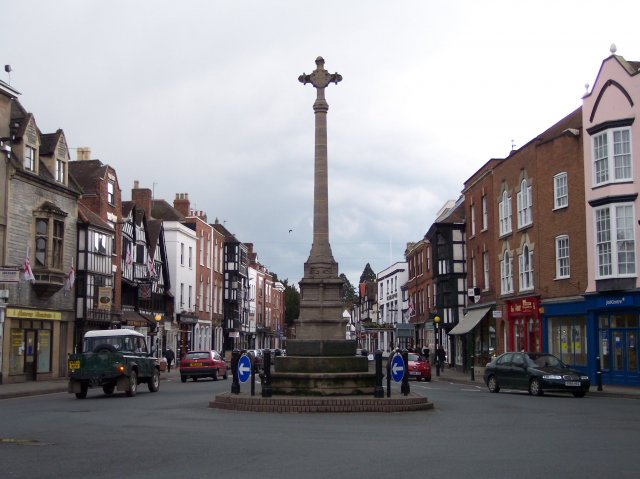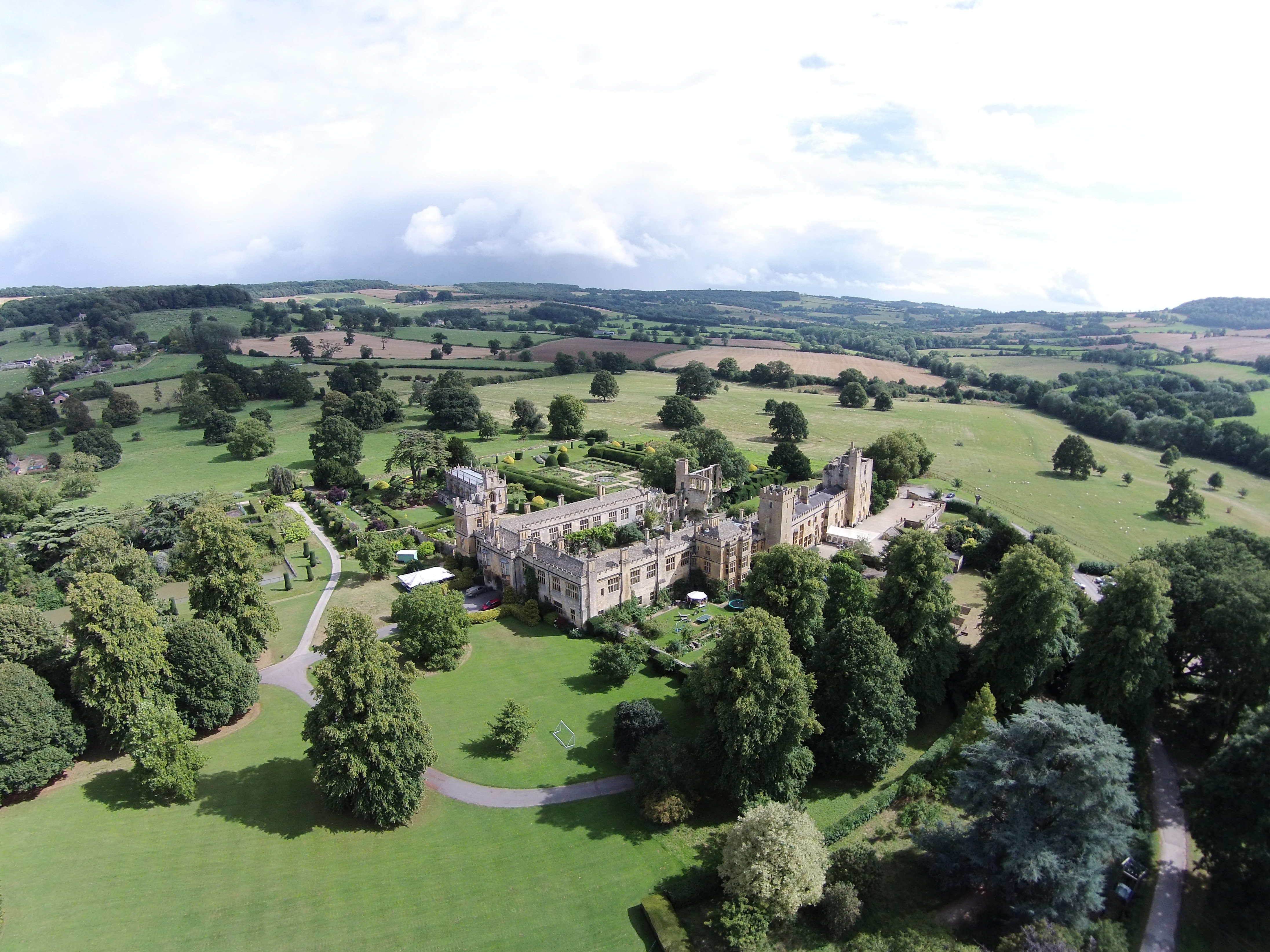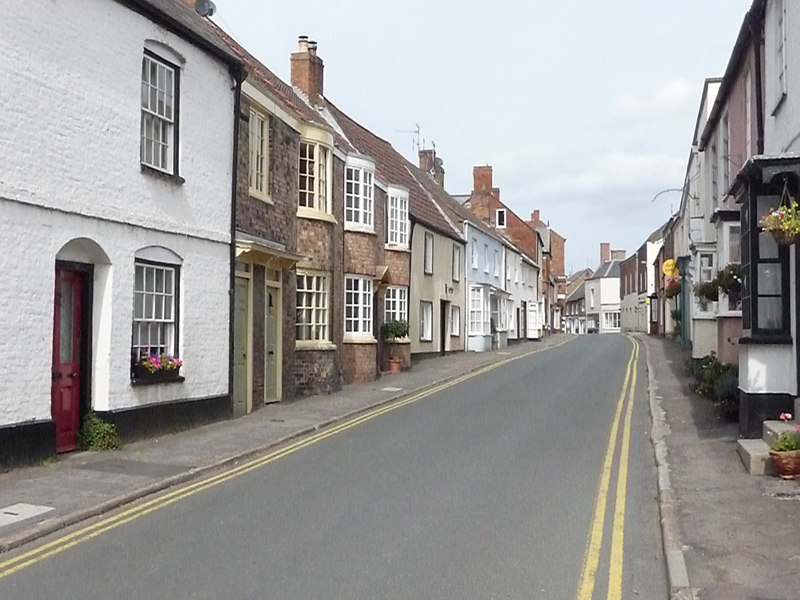|
Siege Of Gloucester
The siege of Gloucester took place between 10 August and 5 September 1643 during the First English Civil War. It was part of a Royalist campaign led by King Charles I to take control of the Severn Valley from the Parliamentarians. Following the costly storming of Bristol on 26 July, Charles invested Gloucester in the hope that a show of force would prompt it to surrender quickly and without bloodshed. When the city, under the governorship of Lieutenant-Colonel Edward Massey, refused, the Royalists attempted to bombard it into submission. Massey adopted an aggressive defence, and the Royalist positions outside the city were regularly disrupted by Parliamentarian raids. The Royalist artillery proved inadequate for the task of siege work and, faced with a shortage of ammunition, the besiegers attempted to breach the city walls by mining. With Royalist miners about to reach the city's east gate and the defenders critically low on gunpowder, a Parliamentarian army led by the E ... [...More Info...] [...Related Items...] OR: [Wikipedia] [Google] [Baidu] [Amazon] |
First English Civil War
The First English Civil War took place in England and Wales from 1642 to 1646, and forms part of the 1639 to 1653 Wars of the Three Kingdoms. An estimated 15% to 20% of adult males in England and Wales served in the military at some point between 1639 and 1653, while around 4% of the total population died from war-related causes. These figures illustrate the widespread impact of the conflict on society, and the bitterness it engendered as a result. Conflict over the role of Parliament and religious practice dated from the accession of James VI and I in 1603. These tensions culminated in the imposition of Personal Rule in 1629 by his son, Charles I, who recalled Parliament in April and November 1640. He hoped by doing so to obtain funding that would enable him to reverse his defeat by Scots Covenanters in the Bishops' Wars, but in return Parliament demanded a greater share in government than he was willing to concede. In its early stages, the vast majority on both sides s ... [...More Info...] [...Related Items...] OR: [Wikipedia] [Google] [Baidu] [Amazon] |
Puritans
The Puritans were English Protestants in the 16th and 17th centuries who sought to rid the Church of England of what they considered to be Roman Catholic practices, maintaining that the Church of England had not been fully reformed and should become more Protestant. Puritanism played a significant role in English and early American history, especially in the Protectorate in Great Britain, and the earlier settlement of New England. Puritans were dissatisfied with the limited extent of the English Reformation and with the Church of England's religious toleration of certain practices associated with the Catholic Church. They formed and identified with various religious groups advocating greater purity of worship and doctrine, as well as personal and corporate piety. Puritans adopted a covenant theology, and in that sense they were Calvinists (as were many of their earlier opponents). In church polity, Puritans were divided between supporters of episcopal, presbyterian, and ... [...More Info...] [...Related Items...] OR: [Wikipedia] [Google] [Baidu] [Amazon] |
Storming Of Bristol
The Storming of Bristol took place from 23 to 26 July 1643, during the First English Civil War. The Royalist army under Prince Rupert captured the important port of Bristol from its weakened Parliamentarian garrison. The city remained under Royalist control until the second siege of Bristol in September 1645. Background In the mid-17th century, Bristol was one of the most important cities in England, second only to London in wealth. The Royalists failed to secure it when the war began, leaving it under Parliamentarian control although there were many Royalist sympathisers within the city. In July 1643, the city's garrison was weakened when 1,200 men were sent to reinforce Sir William Waller's Army of the Western Association, which was destroyed at the Battle of Roundway Down on 13 July. The Royalists quickly realised this presented them with a great opportunity to capture important Parliamentarian-held towns in the south-west of England. Only two days after the battle, ... [...More Info...] [...Related Items...] OR: [Wikipedia] [Google] [Baidu] [Amazon] |
Battle Of Roundway Down
The Battle of Roundway Down was fought on 13 July 1643 at Roundway Down near Devizes, in Wiltshire during the First English Civil War. Despite being outnumbered and exhausted after riding overnight from Oxford, a Royalist cavalry force under Lord Wilmot won a crushing victory over the Parliamentarian Army of the West under Sir William Waller. Viewed as their most decisive victory of the war, the Royalists secured control of South West England which they held until late 1645. Two weeks later they captured the port of Bristol, allowing them to establish links with supporters in Ireland. Prelude After the hard fought Battle of Lansdown, the Royalists withdrew from Lansdown to Marshfield, hoping to obtain reinforcements and supplies from their wartime capital of Oxford. They arrived in Chippenham on 7 July. Meanwhile, despite his retreat, Waller's army was largely intact after the battle and losses were quickly replaced by the Parliamentarian garrison in Bristol. Hopton's pr ... [...More Info...] [...Related Items...] OR: [Wikipedia] [Google] [Baidu] [Amazon] |
William Waller
Sir William Waller JP (c. 159819 September 1668) was an English soldier and politician, who commanded Parliamentarian armies during the First English Civil War. Elected MP for Andover to the Long Parliament in 1640, Waller relinquished his military positions under the Self-denying Ordinance in 1645. Although deeply religious and a devout Puritan, he belonged to the moderate Presbyterian faction, who opposed the involvement of the New Model Army in politics post 1646. As a result, he was one of the Eleven Members excluded by the army in July 1647, then again by Pride's Purge in December 1648 for refusing to support the Trial of Charles I, and his subsequent execution in January 1649. Arrested several times during the British Interregnum, in the run-up to the Stuart Restoration in 1660, he was elected to the Convention Parliament. He retired from politics when it was dissolved, and died at his home in Osterley Park in September 1668. Waller was one of many who served ... [...More Info...] [...Related Items...] OR: [Wikipedia] [Google] [Baidu] [Amazon] |
Edward Somerset, 2nd Marquess Of Worcester
Edward Somerset, 2nd Marquess of Worcester (9 March 1602 or 9 March 16033 April 1667), styled Lord Herbert of Raglan from 1628 to 1644, was an English nobleman involved in royalist politics, and an inventor. While Earl of Glamorgan, he was sent by Charles I to negotiate a peace treaty and alliance with the leadership of the Catholic Irish Confederacy. He enjoyed some success, but the agreement quickly broke down. He then joined the Confederates, and was appointed the commander of their Munster Army. In 1655 he wrote ''The Century of Inventions'', detailing more than 100 inventions, including a device that would have been one of the earliest steam engines. Origins He was the son of Henry Somerset, 1st Marquess of Worcester by his wife Anne Russell, a daughter of John Russell, Baron Russell, eldest son and heir apparent of Francis Russell, 2nd Earl of Bedford. Career Edward Somerset was brought up as a Roman Catholic in Monmouthshire. He graduated from Cambridge Universit ... [...More Info...] [...Related Items...] OR: [Wikipedia] [Google] [Baidu] [Amazon] |
Tewkesbury
Tewkesbury ( ) is a market town and civil parish in the north of Gloucestershire, England. The town grew following the construction of Tewkesbury Abbey in the twelfth century and played a significant role in the Wars of the Roses. It stands at the confluence of the River Severn and the River Avon, and thus became an important trading point, which continued as railways and, later, the M5 and M50 motorway connections were established. The town gives its name to the Borough of Tewkesbury, a local government district of Gloucestershire. The town lies on the border with Worcestershire, marked largely by the Carrant Brook (a tributary of the River Avon). The name Tewkesbury is thought to come from Theoc, the name of a Saxon who founded a hermitage there in the 7th century, and in the Old English language was called '. An erroneous derivation from Theotokos (the Greek title of Mary, mother of God) enjoyed currency in the monastic period of the town's history. The Battle of Tew ... [...More Info...] [...Related Items...] OR: [Wikipedia] [Google] [Baidu] [Amazon] |
Sudeley Castle
Sudeley Castle is a Grade I listed castle in the parish of Sudeley, in the Cotswolds, near to the medieval market town of Winchcombe, Gloucestershire, England. The castle has 10 notable gardens covering some within a estate nestled within the Cotswold hills. Building of the castle began in 1443 for Ralph Boteler; the Lord High Treasurer of England, on the site of a previous 12th-century fortified manor house. It was later seized by the crown and became the property of King Edward IV and King Richard III, who built its famous banqueting hall. King Henry VIII and his then wife Anne Boleyn visited the castle in 1535; and it later became the home and final resting place of his sixth wife, Catherine Parr who remarried after the king's death. Parr is buried in the castle's church, making Sudeley the only privately owned castle in the world to have a Queen of England buried in its grounds. Sudeley soon became the home of the Chandos family, and the castle was visited on three oc ... [...More Info...] [...Related Items...] OR: [Wikipedia] [Google] [Baidu] [Amazon] |
Berkeley, Gloucestershire
Berkeley ( ) is a market town and civil parishes in England, civil parish in the Stroud (district), Stroud District in Gloucestershire, England. It lies in the Vale of Berkeley between the east bank of the River Severn and the M5 motorway. The town is noted for Berkeley Castle, where the imprisoned Edward II of England, King Edward II is believed to have been murdered, as well as the birthplace of the physician Edward Jenner, pioneer of the smallpox vaccine, the world's first vaccine. Geography Berkeley lies midway between Bristol and Gloucester, on a small hill in the Vale of Berkeley. The town is on the Little Avon River, which flows into the Severn at Pil (placename), Berkeley Pill. The Little Avon was tidal, and so navigable, for some distance inland (as far as Berkeley itself and the Sea Mills at Ham) until a 'tidal reservoir' was implemented at Berkeley Pill in the late 1960s. Governance An Wards and electoral divisions of the United Kingdom, electoral ward in the same n ... [...More Info...] [...Related Items...] OR: [Wikipedia] [Google] [Baidu] [Amazon] |
Prince Rupert Of The Rhine
Prince Rupert of the Rhine, Duke of Cumberland, (17 December 1619 ( O.S.) 7 December 1619 (N.S.)– 29 November 1682 (O.S.) December 1682 (N.S) was an English-German army officer, admiral, scientist, and colonial governor. He first rose to prominence as a Royalist cavalry commander during the English Civil War. Rupert was the third son of the German Prince Frederick V of the Palatinate and Elizabeth, eldest daughter of King James VI and I of England and Scotland. Prince Rupert had a varied career. He was a soldier as a child, fighting alongside Dutch forces against Habsburg Spain during the Eighty Years' War (1568–1648), and against the Holy Roman Emperor in Germany during the Thirty Years' War (1618–1648). Aged 23, he was appointed commander of the Royalist cavalry during the English Civil War, becoming the archetypal "Cavalier" of the war and ultimately the senior Royalist general. He surrendered after the fall of Bristol and was banished from England. He serv ... [...More Info...] [...Related Items...] OR: [Wikipedia] [Google] [Baidu] [Amazon] |
Militia (English)
The English Militia was the principal military reserve force of the Kingdom of England. Militia units were repeatedly raised in England from the History of Anglo-Saxon England, Anglo-Saxon period onwards for internal security duties and to defend against external invasions. One of the first militia units in England were the ''fyrd'', which were raised from Estates of the realm, freemen to defend the estate of their local Shire's lord or accompany the housecarls on offensive expeditions. During the Middle Ages, English militia units continued to be raised for service in various conflicts such as the Wars of Scottish Independence, the Hundred Years' War and the Wars of the Roses. Militia troops continued to see service in Tudor period, Tudor and Stuart periods, most prominently in the Wars of the Three Kingdoms. Following the Acts of Union 1707, the English Militia was transformed into the Militia (Great Britain), British Militia. Origins The origins of military obligation in Engl ... [...More Info...] [...Related Items...] OR: [Wikipedia] [Google] [Baidu] [Amazon] |
Cirencester
Cirencester ( , ; see #Pronunciation, below for more variations) is a market town and civil parish in the Cotswold District of Gloucestershire, England. Cirencester lies on the River Churn, a tributary of the River Thames. It is the List of settlements in Gloucestershire by population, eighth largest settlement in Gloucestershire and the largest town within the Cotswolds. It is the home of the Royal Agricultural University, the oldest agricultural college in the English-speaking world, founded in 1840. The town had a population of 20,229 in 2021. The town is northwest of Swindon, southeast of Gloucester, west of Oxford and northeast of Bristol. The Roman name for the town was Corinium, which is thought to have been associated with the ancient British tribe of the ''Dobunni'', having the same root word as the River Churn. The earliest known reference to the town was by Ptolemy in AD 150. The town's Corinium Museum has an extensive Roman Britain, Roman collection. Cirences ... [...More Info...] [...Related Items...] OR: [Wikipedia] [Google] [Baidu] [Amazon] |







